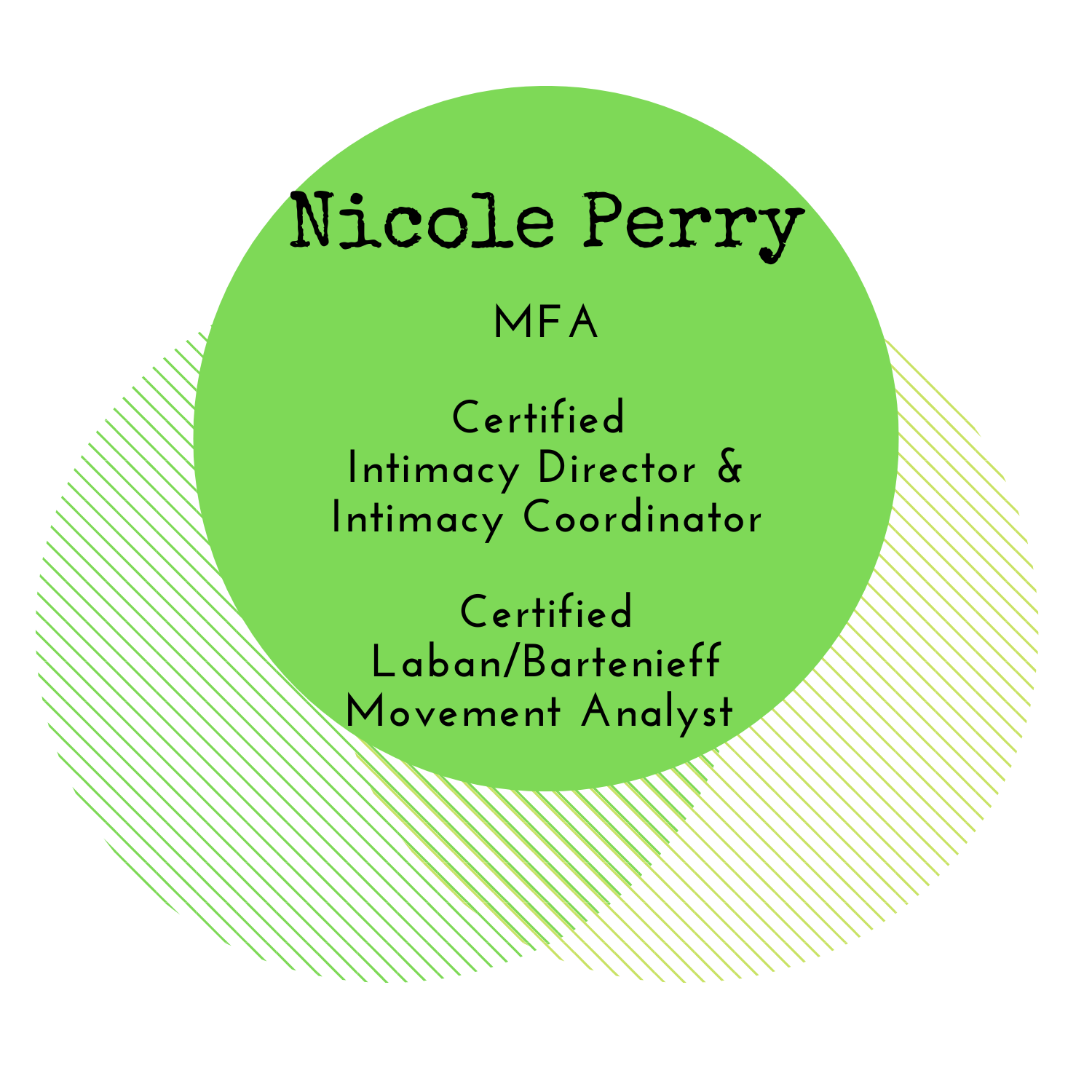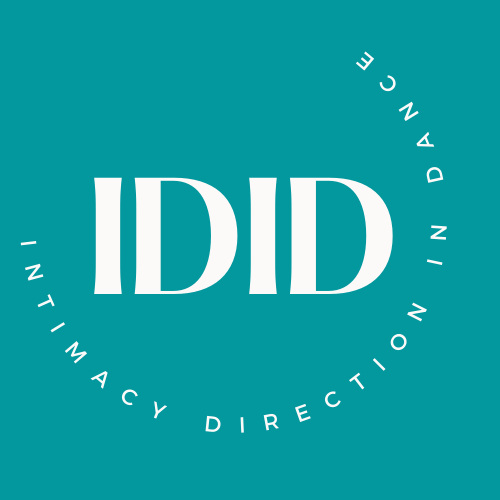Clock-time is a colonial construct, followed to support capitalism. We know that is only a construct, and that time is much more spiraling than linear. And yet, we have agreed to live in society following this guideline.
As a teacher or leader, I can’t create more time, but I can shift how we feel about time.
Read MoreLast week on my TikTok, I stitched a video in which 2 women were discussing the fact that grown women really only get parties for things that make them define their identity in relationship to someone else- getting married and giving birth.
So, I decided I wanted an MFA shower. Not a graduation party. I want to all grown folks to have showers. I’m reclaiming that word for all of us to be showered in celebration and congratulations for the big life achievements that matter to each of us.
So, later this spring (after all theses shows wrap) I will have a shower (And that thesis was labor.). And I’ve created a little registry if folks want to help me celebrate.
Read MoreI’ve written before about accountability both here (as relates to local theatre) and here (as relates to being persons in community).
The following is an excerpt from the conclusion of my thesis, which holds that collaborative work requires accountability measures.
Read MoreFinally, after a long road of graduate exploration beginning in 2016, I am excited to share I officially hold a Master (hate it) of Fine Arts degree in Interdisciplinary Arts with concentrations in both Decolonial Arts Praxis and Performance Creation Concentrations from Goddard College.
This wasn’t a journey I took alone. The following is my acknowledgements page from my thesis, Working Consent: Ethical Engagement with Collaborators, Audiences, and the Land in Dance and Theatre Pedagogy and Practice.
Read MoreStyres (2019) quotes Marie Battiste (2013), an Indigenous scholar focused on protecting and promoting Indigenous knowledge systems and education, “in order to effect change, educators must help students understand the Eurocentric assumptions of superiority within the context of history and to recognize the continued dominance of these assumptions in all forms of contemporary knowledge” [186] (33). So, in the ballet class, we examine the particularity of the ballet situation. Students’ first reading is a choice of An Anthropologist Looks at Ballet by Jean Kealinohomoku (2001) and a post from Marlo Fisken’s (2020) blog, A Letter to the Pole Community: It’s time we talk about toe-point supremacy. These two pieces clearly connect the dots of assumptions of supremacy culture—that Euro-centric is more valuable—to the prevalence and significance of ballet in Western dance training and on concert stages. Tuck and Yang (2012) write “The settler positions himself as both superior and normal;...” (6), and this is often what happens to ballet in dance studio settings—it is considered a baseline for other genres, rather than its own particular form, drawn from its own cultural context. In every class, students are encouraged to find the appropriate cultural context from which to consider their situation.
Read MoreYesterday, I reposted an article from Dance Magazine on my Facebook feed, speaking to the use of “my” in dance class, aka, “my dancers”, “my dance”, etc. It caused some good discussion there, so I thought I’d share what I’ve already explored on this topic. The following is an excerpt from my thesis on the ways I am examining language in dance class.
Read MoreWe know, somewhere in our brains, when we see social media posts that we aren’t always getting the whole story. So, this post is my attempt to be transparent. To share the whole story, or at least another side of it. CW: depression, anxiety, negative self-talk, ED
Read MoreMomentum Stage has just launched a new course I wrote combining my training in intimacy choreography, the Laban/Bartenieff Movement System and my years as both an educator and creator of movement.
This is to offer teaching options for those who are either encouraged or mandated to not touch in teaching. This is not a class about touching student. It is a class to consider IF touch is necessary, HOW do we teach without it (or very little of it), and WHEN/IF it is necessary, to make very specific choices in our type of touch in order to be as effective as possible with that touch.
Read More

